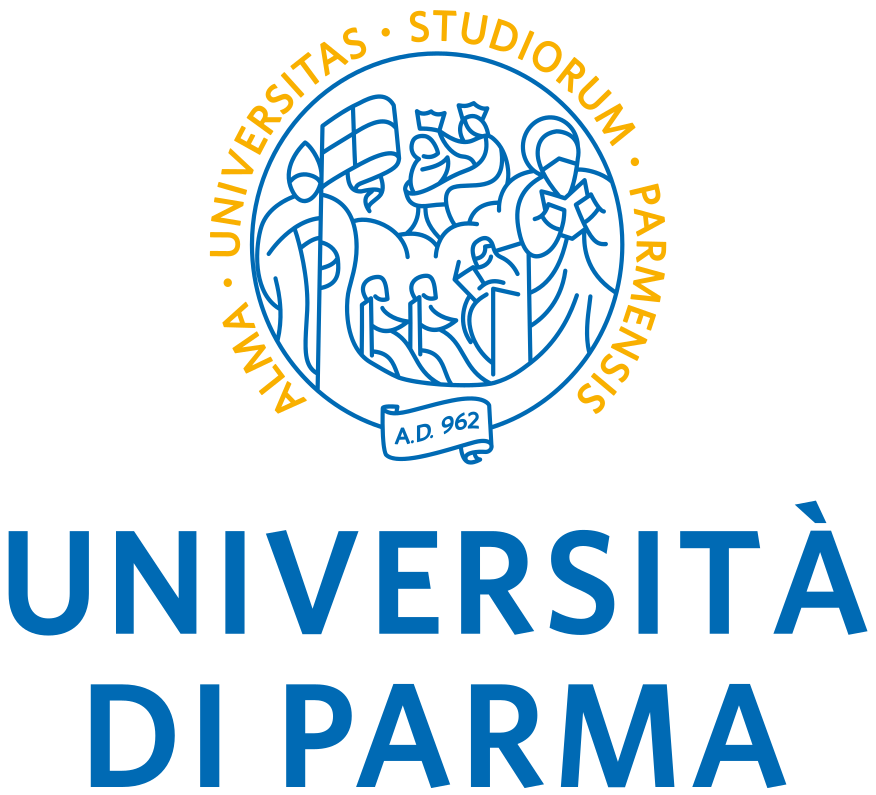Please use this identifier to cite or link to this item:
https://hdl.handle.net/1889/1195Full metadata record
| DC Field | Value | Language |
|---|---|---|
| dc.contributor.author | Tammaro, Anna Maria | - |
| dc.date.accessioned | 2009-12-18T10:38:03Z | - |
| dc.date.available | 2009-12-18T10:38:03Z | - |
| dc.date.issued | 2007 | - |
| dc.identifier.uri | http://hdl.handle.net/1889/1195 | - |
| dc.description.abstract | Libraries, archives and museums are centuries old institutions which have been committed to physical, concepual and long term access to the artefacts of human knowledge, as books, objects, documents. These cultural institutions are now confronting with enormous challenges brought about by the shift of these artifacts from analog to digital format. It is not only a problem of dealing with technologies, or simply with a different support of information. Digital objects and resources, physical represented by digit, have different properties than information stored in stone, papyrus, paper. Since the vision of digital library, by Vannevar Bush, the functionalities requested to a digital library are more than a simple library. The new role of digital library is providing an information space which facilitates communication, resources sharing and knowledge creation | it |
| dc.language.iso | Inglese | it |
| dc.rights | © Anna Maria Tammaro, 2007 | it |
| dc.subject | Digital library development | it |
| dc.subject | Tradition | it |
| dc.subject | Innovation | it |
| dc.title | Planning the digital library development between tradition and innovation | it |
| dc.type | Article | it |
| dc.subject.miur | M-STO/08 | it |
| dc.description.fulltext | open | en |
| Appears in Collections: | Biblioteca digitale - Materiali didattici | |
Files in This Item:
| File | Description | Size | Format | |
|---|---|---|---|---|
| Tammaro Bologna 2007.pdf | Article | 116.64 kB | Adobe PDF | View/Open |
Items in DSpace are protected by copyright, with all rights reserved, unless otherwise indicated.

